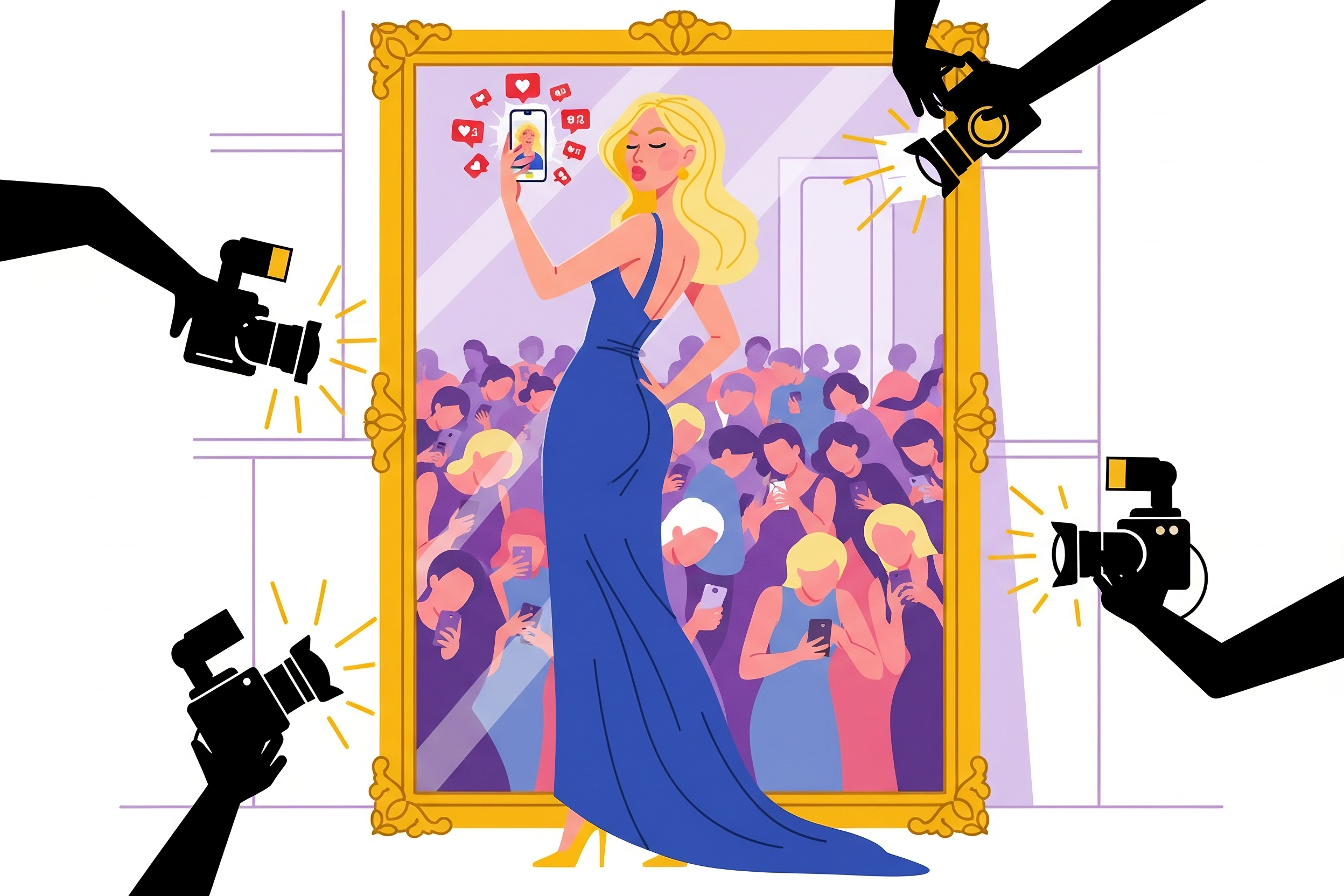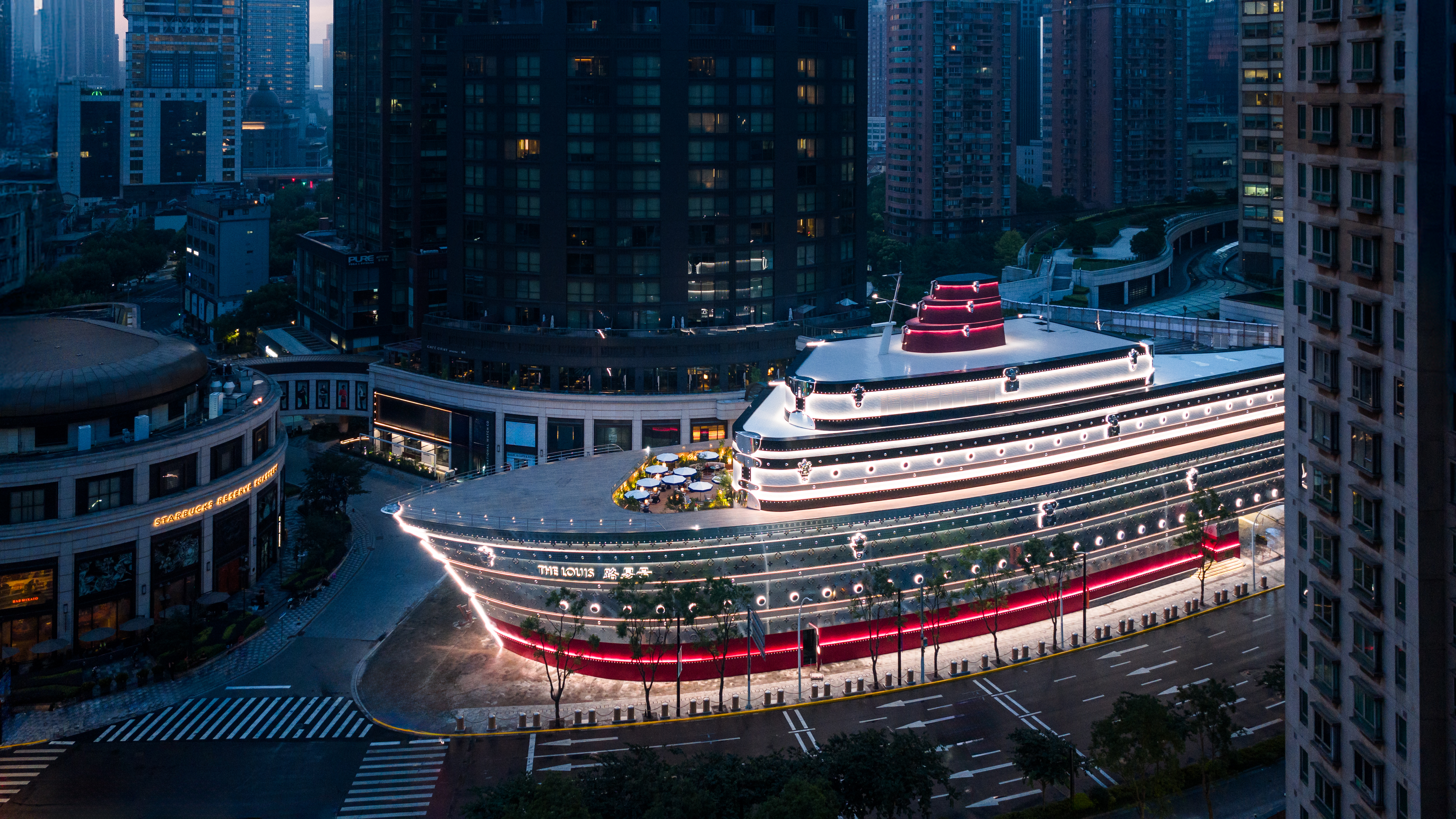From studies on how the wealthy use social media to the imminent explosion of new luxury e-commerce sites like Sina Shepin, this week’s headlines were all about China’s web reality
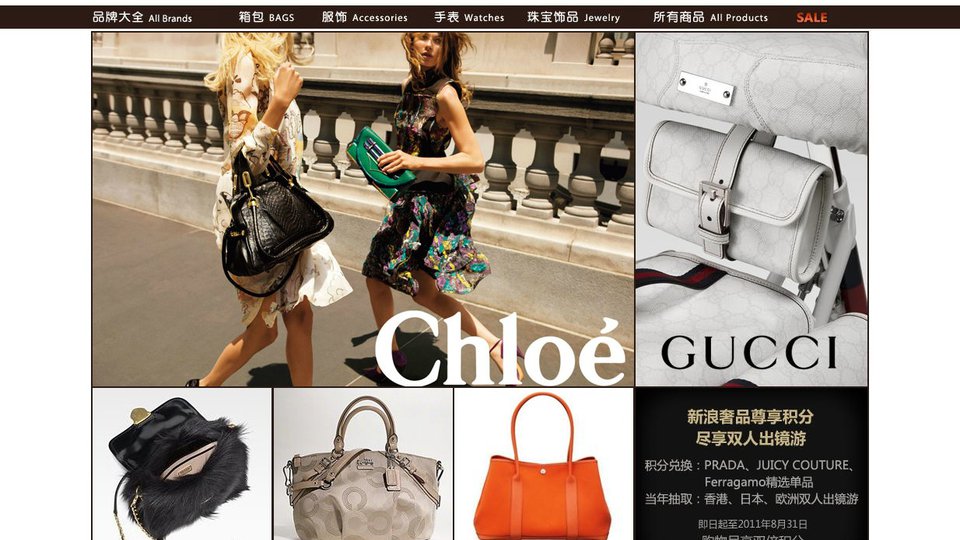
From studies on how the wealthy use social media to the imminent explosion of new luxury e-commerce sites like Sina Shepin, this week’s headlines were all about China’s web reality
Homepage of the new luxury e-commerce site Sina Shepin launched by China’s SINA portal
Ask any global executive worth his salt to name a handful of Chinese companies and you can bet that Baidu, Sina Weibo and Renren are among them. These so-called ‘clones’ of Google, Twitter and Facebook that some observers say enjoy greater success than their global rivals because of ‘China’s Great Firewall’ have become familiar names in boardrooms around the world.
In the luxury industry, as most brands continue to experiment with ways to leverage the global internet giants back at home, this has left many executives scratching their heads over how to approach such Chinese counterparts. Which of their strategies will cross over into China’s mass-appeal web platforms and which require a totally different line of attack?
“ Which will cross over into China’s mass-appeal web platforms and which require a different line of attack? ”
Last week, at least one of China’s online behemoths made this question a bit easier for a host of luxury brands. SINA Corporation, famous for its eponymous Weibo microblogging platform and its infotainment portal, announced that it launched a dedicated luxury e-commerce channel.
Called Sina Shepin, the luxury shopping platform features handbags, apparel, watches and jewellery categories and covers over 50 brands including Louis Vuitton, Balenciaga, Gucci, Christian Dior and Burberry among others.
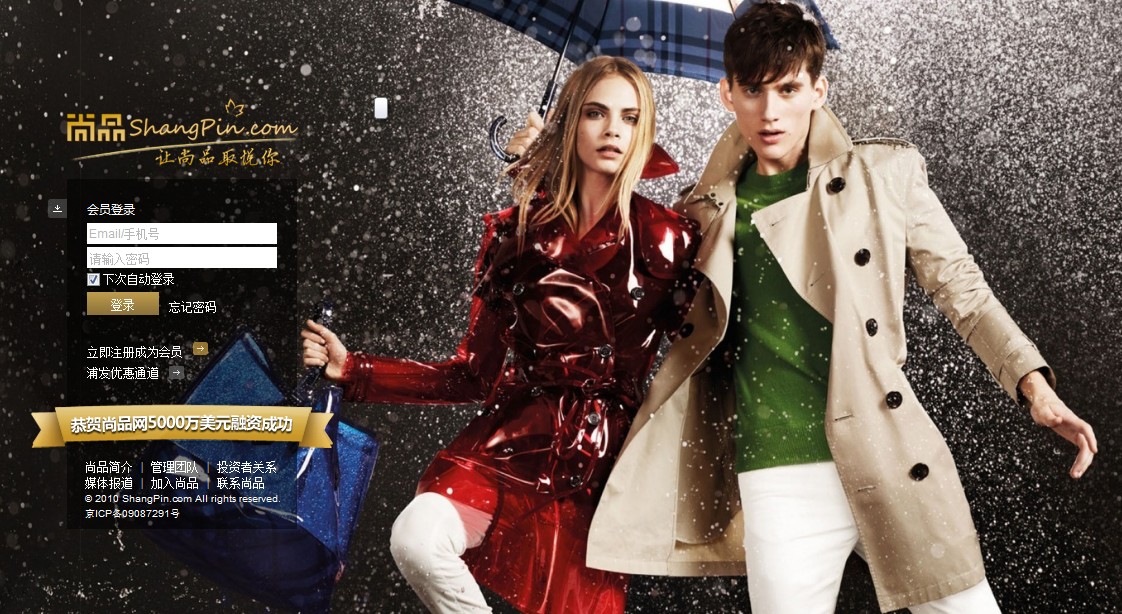
Homepage of luxury e-tailer www.Shangpin.com
According to the Business Insider, “Sina’s entry into online luxury follows a number of other Chinese internet giants, including Netease and Tencent. Netease launched its luxury shopping platform, Netease Shangpin, in July 2010. Tencent invested in B2C jewelry site Kela in July 2011. Research agency Analysys International finds that luxury e-commerce sales reached RMB 3.45 billion in Q2 2011. Annual sales are expected to reach RMB 16 billion by the end of 2011.”
Jing Daily followed the launch of Sina Shepin closely and concluded that “despite Sina’s clout… [its] new luxury e-commerce platform will face fierce competition not just from domestic competitors but also well-capitalized, experienced international retailers. Recently, in addition to operating its own platform and hosting online stores for brands like Emporio Armani in China, Yoox teamed up with FedEx to launch Thecorner.com.cn, a specialty luxury shopping service that looks to attract Chinese consumers via some very interesting, localized features.”
The author went on to remind readers that there are already “dozens of companies, including domestic hopefuls besides Shangpin like Zouxiu, Jiapin, Youzhong and ihush [jumping] on the high-end online retail bandwagon.”
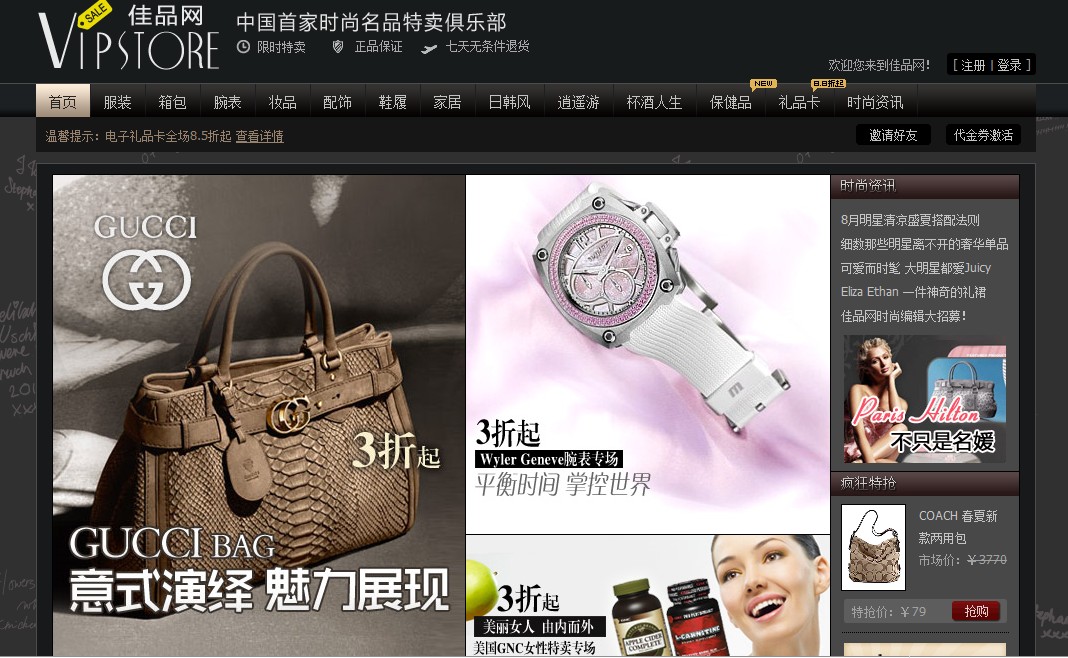
Homepage of Jiapin’s www.vipstore.com
What puts the growing exposure of China’s luxury e-commerce destinations into perspective this week in particular is that two market research companies have also released some interesting insight on online behaviour and statistics.
Warc reported that “GroupM Knowledge, a unit of WPP Group, partnered with CIC, the social media monitoring company, to assess which premium goods are stimulating the most electronic word of mouth in the country. The study revealed online message boards are a very popular “haven” for affluent shoppers in the country, with Louis Vuitton receiving the highest level of WOM here, ahead of Chanel and Gucci."
“Looking to microblogs like Sina Weibo and rival platforms run by operators including Tencent and Sohu, Chanel attracted the greatest number of direct mentions, on 593,075 from January to May this year. But Burberry led the charts in terms of overall engagement on these sites, securing 43,001 retweets and 5,320 comments during the same period.”
What would be interesting is to see how exclusive members-only HNWI social media sites like P1.cn (which is said to have its own online ‘mall’ integrated into the site) and similar online communities compare with the effectiveness and reach of masstige social media platforms.

A page from the exclusive Chinese social networking site P1.cn
Chinese market research firm Huicong D&B; also released its annual R.CHC report (Chinese High-End Consumers) in which one major trend was that 67% of regular luxury consumers cite online shopping as their primary motive for using the internet (a steep increase that has only really gained traction over the past year). Huicong did however qualify its finding with the fact that China’s online shopping market remains a young one and that most of the luxury brand purchases made by respondents were small items.
And finally, a WPO e-commerce service provider called Strangeloop Networks also published a very detailed report which is worth trawling through: ‘Why Luxury Websites Are Disappointing Chinese Consumers’. The firm conducted a study of 100 leading international luxury brands’ websites to determine how they perform for a typical visitor in urban China.
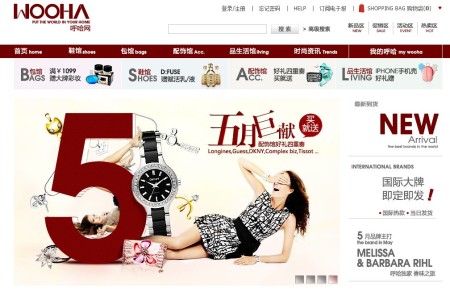
A page from another luxury goods e-commerce site often tapped for success, Wooha.com








